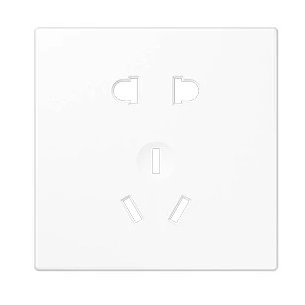Time to read: 6 min

Abstract:
3D printed parts, particularly those made from ABS, often require a post-processing step to achieve a smooth and professional-looking finish. ABS acetone smoothing is a popular method for eliminating the visible layer lines that are characteristic of 3D prints. This technique uses acetone to dissolve the surface of the ABS, resulting in a glossy finish that rivals injection-molded parts. This article provides a comprehensive guide to performing ABS acetone smoothing, including safety precautions and tips for the best results.
Body:
Understanding ABS Acetone Smoothing
ABS acetone smoothing is a post-processing technique specifically designed for ABS 3D printed parts. The process involves exposing the parts to acetone vapors, which dissolves the surface layer, fusing the print layers together and creating a smooth, glossy finish.
Why Smooth ABS Prints with Acetone?
- Achieving a Glossy Finish: Acetone smoothing transforms the matte surface of ABS prints into a glossy finish, enhancing the aesthetic appeal of the final product.
- Removing Layer Lines and Imperfections: The method effectively removes visible layer lines and surface imperfections, giving the part a cleaner and more professional appearance.
- Strengthening the ABS Part: Smoothing with acetone can improve the interlayer adhesion of ABS, potentially enhancing the part's mechanical properties.
Materials and Equipment for Acetone Smoothing
To perform ABS acetone smoothing, you will need:
- High-purity acetone (99% or higher)
- A transparent, sealable container suitable for the part size
- Safety equipment (goggles, respirator, chemical-resistant gloves, long-sleeved clothing)
- A brush for applying acetone (for the brushing method)
- Aluminum foil and paper towels soaked in acetone (for the vapor bath method)
Step-by-Step ABS Acetone Smoothing Guide
Step 1: Preparing the ABS Part
Start with a clean, dry ABS print. Use plastic cleanup files to smooth the surface and remove aggressive points.
Step 2: Applying Acetone
Choose between the brushing method or the vapor bath method for applying acetone to the ABS part.
Step 3: Monitoring and Controlling the Process
Carefully monitor the smoothing process to avoid over-smoothing and ensure an even finish.
Step 4: Finishing Touches
Once the desired smoothness is achieved, allow the part to dry in a well-ventilated area. Inspect the part for a consistent glossy finish and perform any additional finishing, such as sanding or painting, as needed.
Safety Precautions
Acetone is highly flammable and can cause skin and eye irritation. Always work in a well-ventilated area, wear protective equipment, and follow proper storage and disposal procedures.
Alternatives to ABS Acetone Smoothing
For those who prefer a chemical-free approach, consider sanding or polishing as alternative methods for achieving a smooth finish on ABS parts.
Conclusion:
ABS acetone smoothing is an effective post-processing technique for 3D printed parts, offering a high-quality finish that can enhance the appearance and strength of the final product. By following the proper steps and safety precautions, you can achieve professional results and take your 3D prints to the next level.




